Discover The Science of Politics
The Science of Politics

The Science of Politics
Author: Niskanen Center
Subscribed: 20,028Played: 113,800Subscribe
Share
© All rights reserved
Description
The Niskanen Center’s The Science of Politics podcast features up-and-coming researchers delivering fresh insights on the big trends driving American politics today. Get beyond punditry to data-driven understanding of today’s Washington with host and political scientist Matt Grossmann. Each 30-45-minute episode covers two new cutting-edge studies and interviews two researchers.
207 Episodes
Reverse
Democrats are out of power in all three branches of government, uncompetitive in many states, and divided on how to prepare for 2026. What’s the path forward? Should the party refocus on economics over cultural issues? Moderate across the board? Or embrace the abundance agenda as their electoral and policymaking future?
Texas, California, and Missouri are moving forward with plans for mid-decade redistricting to gain partisan advantage—with other states threatening to follow. They are not hiding the motive: President Trump asked Texas to gain Republicans seats and Governor Newsom is saying he needs to retaliate. Just how much has gerrymandering gained the parties in Congress? And how much is likely to change now? Eric McGhee finds that both parties are increasingly extreme in gerrymandering but that prior mid-decade redistricting gains have been small. Daniel Kolliner finds that Republican control of redistricting has led to large increases in seat share, with Democratic control gains limited to large states.
President Trump has pressured and attacked the Federal Reserve and is now trying to replace governors. What are the consequences if the Fed is losing independence and moving toward presidential control? Cristina Bodea finds that the Fed was never the most independent and is becoming less so in the face of public pressure. That could make a normally conservative institution move toward enabling inflation and government spending. We also talk about international comparisons, populist pressure on central banks globally, leader gender, and the role of tariffs and democratic backsliding.
As the next AI cycle begins, state and national governments are trying to keep up. And AI policy now matters for energy, health, education, foreign, and economic development policy as well. What can we learn from the early AI legislation? Chinnu Parinandi finds that partisan alignments and institutional capacity shape where and how consumer protection versus economic development AI policies appear in the states. Heonuk Ha finds an AI boom in congressional legislation with key thematic clusters—from innovation and security to data governance and healthcare.
American students are falling behind while local school boards are preoccupied with culture war controversies. Is local democratic control of schools a detriment to improving student outcomes? Vlad Kogan finds that school boards regularly prioritize the needs of teachers and administrators over students. Elections are unrepresentative and sometimes partisan and drive schools to distraction. He draws surprisingly positive lessons from post-Katrina New Orleans and Chicago school closures and argues for on-cycle elections that grade schools on student achievement.
The Republican Congress has quickly remade fiscal policy, with substantially more success than in Trump’s first term. How did they achieve so much more without compromise? How much will their routes around the filibuster matter for the decline of congressional appropriations? And are we setting up for a huge new step in presidential spending power: pocket rescissions? Molly Reynolds of the Brookings Institution is the expert on how Congress bends the rules of the filibuster to make use of partisan majorities. We discuss how much Congress is ceding power to the President and making tax and spending decisions even more partisan.
After President Trump bombed Iran, Democrats in Congress declared the action illegal. But it follows a long history of increased presidential control of military operations along with congressional deference and abrogation of war powers. How did we get here? Casey Dominguez finds that although the founders bestowed war powers with Congress, by the Spanish-American war legislators had expanded their view of the president’s powers and begun applying a more expansive view to their own party’s presidents. The role of nationalism, the rise of American power, and polarization all have echoes today.
Politicians are launching outlandish negative attacks and Americans have developed more negative views of the other party. But how connected are polarizing politicians and a polarized electorate? Mia Costa finds that political elites have more polarized views of the other side than the public but they still benefit electorally and legislatively from avoiding negative partisan attacks. Divisive rhetoric still breeds viral tweets, cable news appearances, and donations, but Americans mostly don’t like it or reward it. The polarizers just get more attention.
Politics seems to be holding us back in a world of technological and social progress. Research has found health cures, invented magic new tools, and connected us all, often with public policy assistance. Yet, the American political system remains deeply divided and dysfunctional, with the relationship between science and government at a low point. Can we use social science not just to improve policy choices, but also to improve the functioning of the political system?
Cowen—an influential researcher, blogger, podcaster, and author—has led the Progress Studies movement, which seeks to understand why progress happens and how to accelerate it. The movement has gained institutional support and stimulated new policy ideas to improve living standards and human flourishing. But it has not yet cracked the code on translating these ideas into political success. How can science can be deployed to improve the American political process, and how much does the Progress Studies movement depend on successful politics?
President Trump is claiming power over independent agencies and trying to redirect the administrative state, saying he is its unitary executive. But this is not the first time presidents have invoked broad authority. John Dearborn finds that President Reagan sought to gain power over civil rights agencies, saying they had gone too far in promoting affirmative action, restricting their activity and disciplining their leadership. Multiple current Supreme Court justices were involved in the saga, which helped build the unitary executive theory. David Hausman researches attempts to control the immigration courts under the first Trump administration, finding that both adding judges and setting precedent with Attorney General opinions were influential. But it mostly worked by building the bureaucracy, rather than restraining it.
Donald Trump’s expansive executive action has been met with a flurry of court action, as Democratic officials and liberal interest groups challenge each action—with a lot of early success. Can liberals succeed in limiting Trump through the courts or are American courts an inevitably conservative institution? Paul Nolette finds that Democratic Attorneys General have banded together to fight Trump, building on successful action last time. They are able to select the venues and usually win standing, becoming key actors in limiting executive action. But Brian Highsmith finds that over the long run, judicial supremacy tends to advance conservative goals in the American system. Even if Democrats win in the courts now, that may allow the judiciary to develop a longer term constraint on government.
Donald Trump has now unilaterally imposed huge global tariffs, upending the world economy. But we did get a preview of Trump’s trade approach in his first term, allowing researchers to analyze the political consequences. Thiemo Fetzer finds that China, the EU, Canada, and Mexico reacted to the first term tariffs strategically, trying to hurt Trump’s constituents. Omer Solodoch finds that the first term trade war announcement immediately hurt Trump politically, reducing approval and affecting voting intentions. They both say the new trade war is bigger, with political consequences likely to grow.
The 2nd Trump administration has begun tearing down the administrative state, firing thousands, cancelling contracts, and shuttering agencies. But they have also used the power of the state to ramp up summary deportations, crack down on universities, and threaten prosecutions of their political opponents. So is this the culmination of Republican efforts to scale back government or a sign that they just want to redirect its goals? Nicholas Jacobs and Sidney Milkis find that we have overestimated conservative efforts to reduce the size and scope of government and underestimated their usage of the enlarged state to pursue conservative goals.
We have the parties that we said we wanted: they compete over extensive policy programs, with voters making decisions among clear issue position alternatives. But how did they get here and have they now gone too far? Katherine Krimmel finds that the American parties became extensively programmatic as they lost vestiges of clientelism and became national parties after federal growth and civil rights. But Trump may be changing the nature of the party system. And running on the issues may not be all it’s cracked up to be.
Five years after the COVID lockdowns, the performance of government and policy experts is not looking great in retrospect. Stephen Macedo and Frances Lee find that policymakers dispensed with years of pre-pandemic planning that suggested the tools used to fight COVID would not work. Experts did not sufficiently consider the costs of their preferred approaches and spoke publicly of consensus while privately admitting limited evidence. Policymakers and experts deterred alternatives and suppressed dissent, leaving us with today's increased distrust of health and political authorities. The second Trump administration is now empowering the skeptics and taking advantage of Americans’ distrust of expertise.
Courts are pausing dozens of Trump administration actions—from mass firings to agency shutdowns. But does the judiciary have a real enforcement mechanism? Will public faith in the courts mean Trump faces consequences in elections and public esteem or will that faith wilt as the judiciary is just seen as another partisan institution? Amanda Driscoll, Michael Nelson, and Jay Krehbiel find that Americans have faith in the rule of law and respond well to courts that invalidate executive action—and partisanship does not seem to interfere. It’s a potentially optimistic story about the role that courts and public opinion may play in limiting democratic backsliding. But they all see risks in practice, as dozens of judges use arcane rules to limit the president while Republicans attack judicial branch oversight.
While promising mass deportation and an immigration crackdown, Donald Trump gained Latino support in 2024, just as he had in 2020. Why do some Latinos support anti-immigration policies and candidates? Loren Collingwood finds that many Latinos separate themselves from recent immigrants as atypical of their group. But does that explain recent Democratic politician moves? He also finds that legislators respond to local interest groups, not only district opinion. And he has other research showing where sanctuary city policies matter and where they do not. Even with some support, he still expects a backlash to Trump policies.
American interest groups are increasingly lining up behind the Democratic or Republican Party and trying to build coalitions within those parties rather than across them. But historically, that has not been the most effective method to bring policy change. Jesse Crosson finds that interest groups are increasingly taking positions on issues outside their areas of expertise in an effort to unite their partisan coalitions. They are facing pressure to toe the party line, but it might prevent the broader coalitions they need to build to pass legislation.
How did Americans become politically divided on culture war topics like guns, abortion, women’s role, gay rights, and environmentalism? The common story is that it took polarizers from the top: politicians and activists associated with each party moved the public to their respective sides. But Neil O’Brian finds that the culture war followed America’s racial realignment because racial attitudes were always tied to other cultural issue views in the American public, well before they were emphasized by the parties. Once the parties divided on race, they brought culturally liberal voters to the Democrats and culturally conservative voters to the Republicans. And that combination of issue attitudes and alignments largely mirrors patterns across the democratic world.
Trump has promised to remake the federal bureaucracy in his own image and go after his political opponents and the media in his 2nd administration. But there are signals that public protest and civil society mobilization are subdued. How much do we have to fear further democratic backsliding under Trump 2? Brendan Nyhan finds expert consensus on many reasons to be concerned but also evidence that experts were too pessimistic about the likelihood of bad actions the first time.


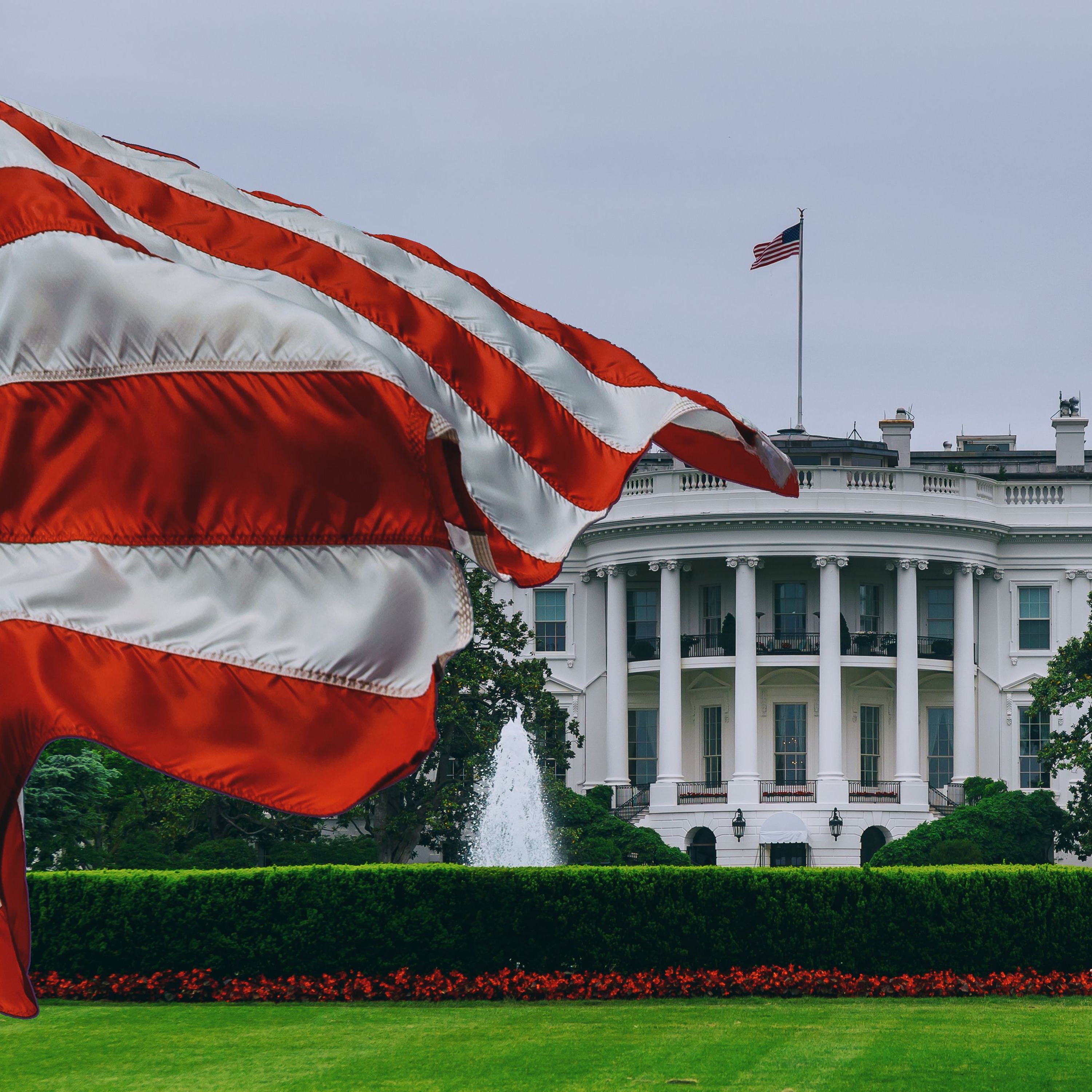
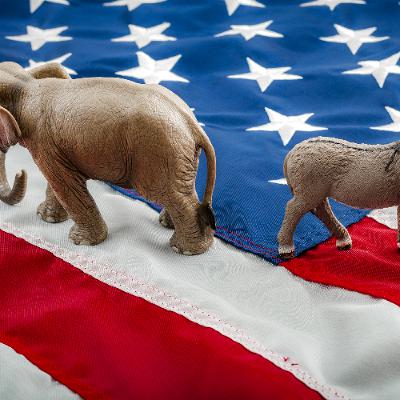
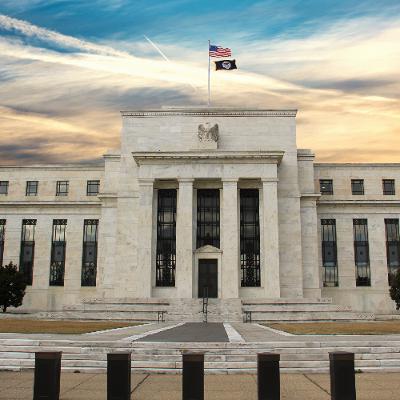


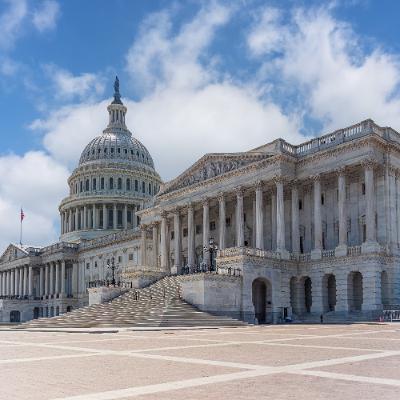



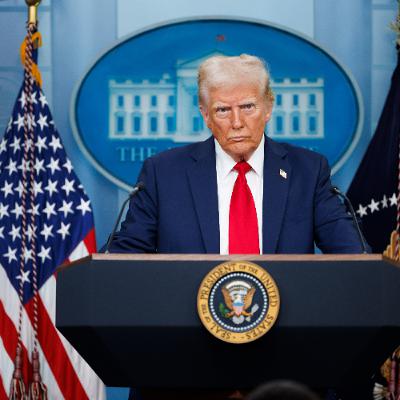
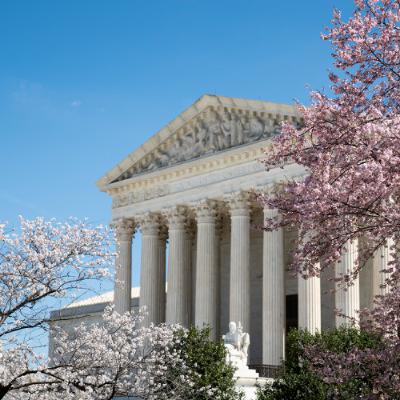


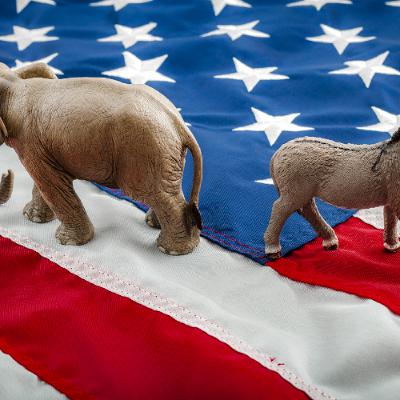

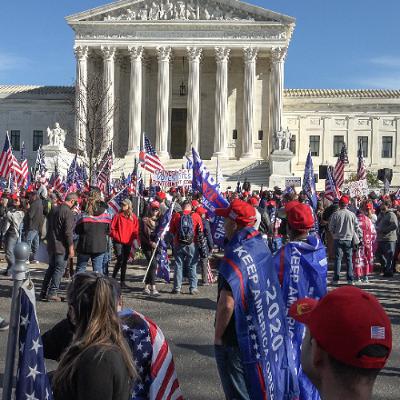
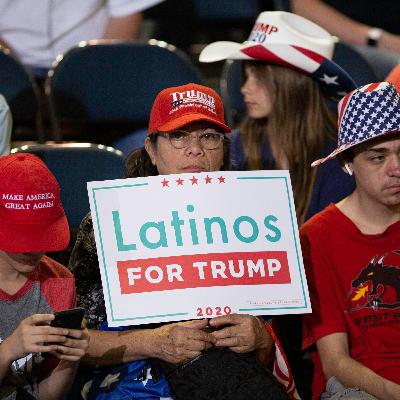
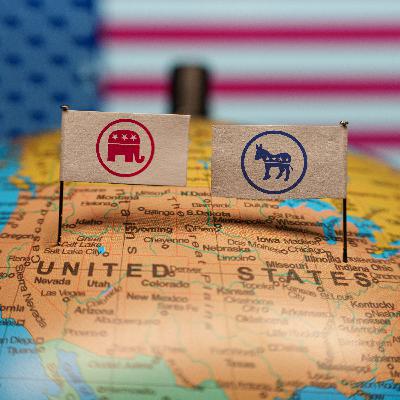
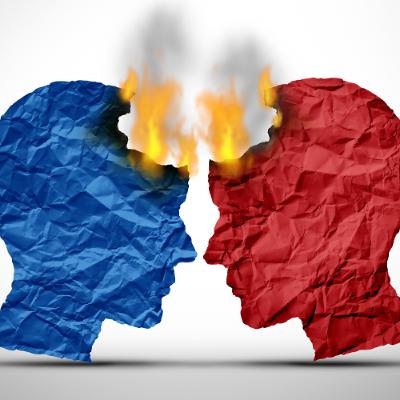
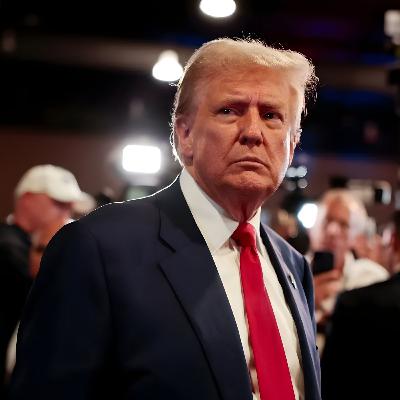



This Garbage isn't worth the time it takes to read this Shit, You people need help in your writing department, With all that's really going on in this country and this is the best shiny object you could use to devert people's attention? 🤣 PATHIC. 🛑 Please get some help. 🙏
This Entire Planet should soon Burn and self destruct, and kill most humans life in spite of the Centuries of abuse and SIN, or Because of mankind ignorant stupidity!
Progressive , Strategic unqualified inexperienced Judges Placed in office By Tyrant Radical Globalist will Cause the Final Battle between American Patriots and Greedy Control minded war Mongers, A Real Revolutionary war will soon take Place in the Cities of American Streets, God help the victims 🙏➕➕➕➕➕➕➕➕➕➕➕➕